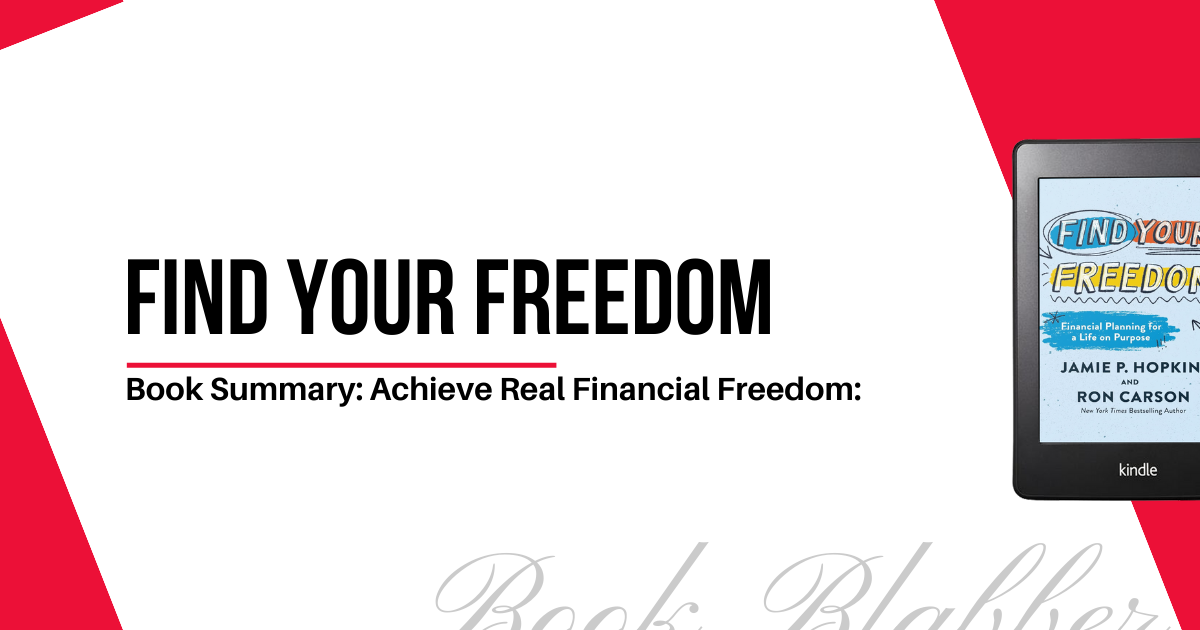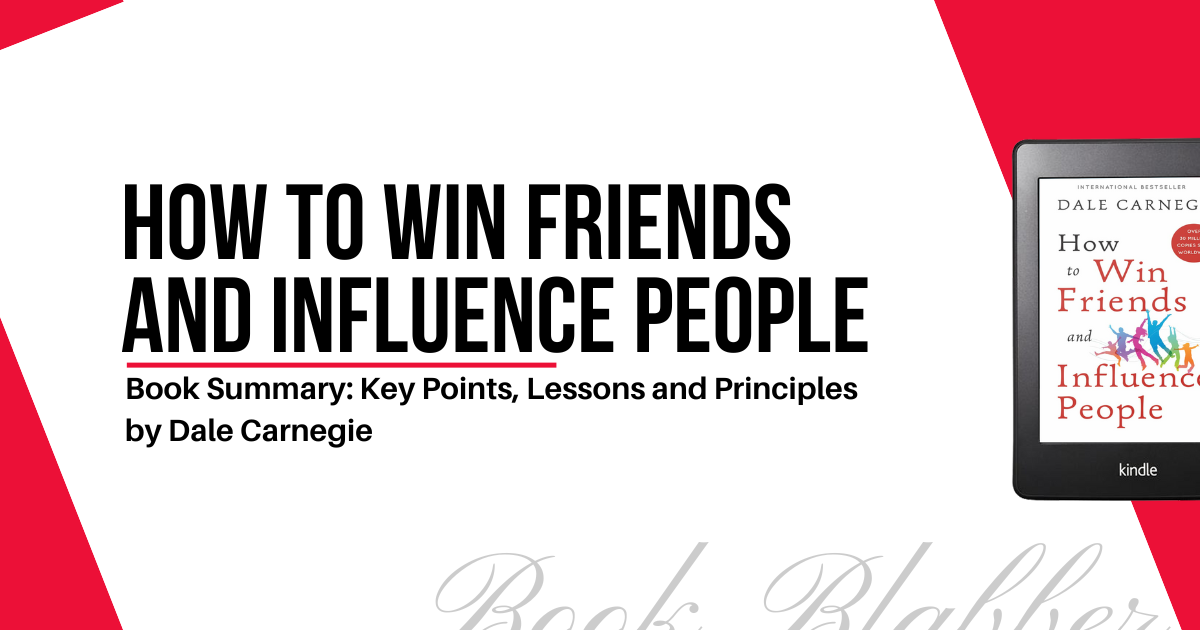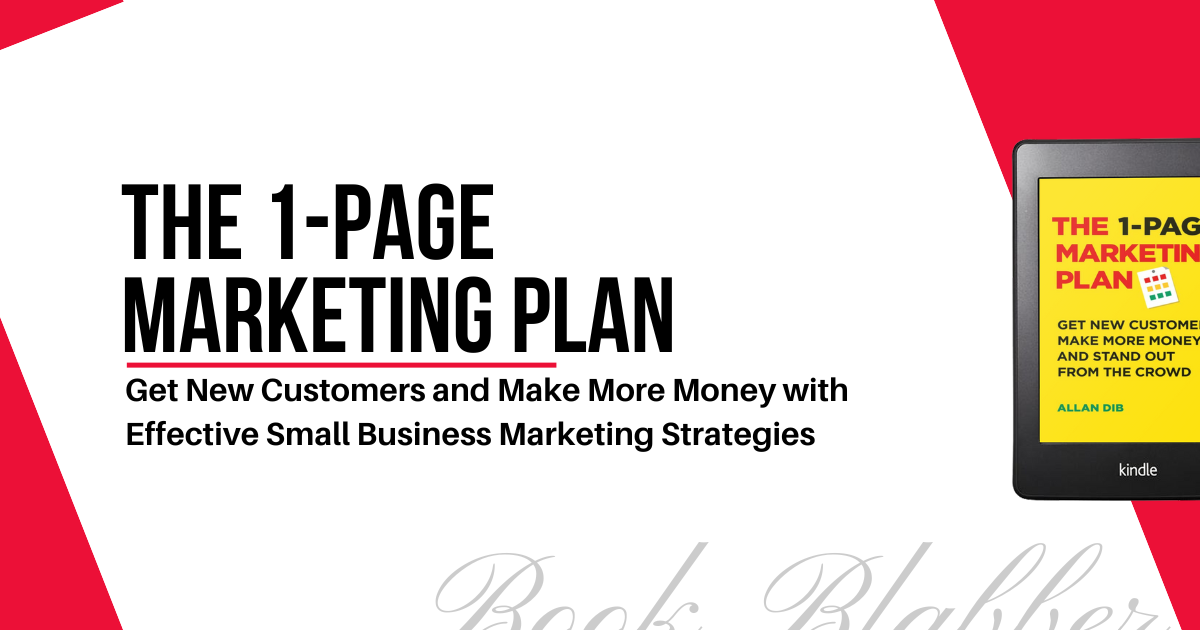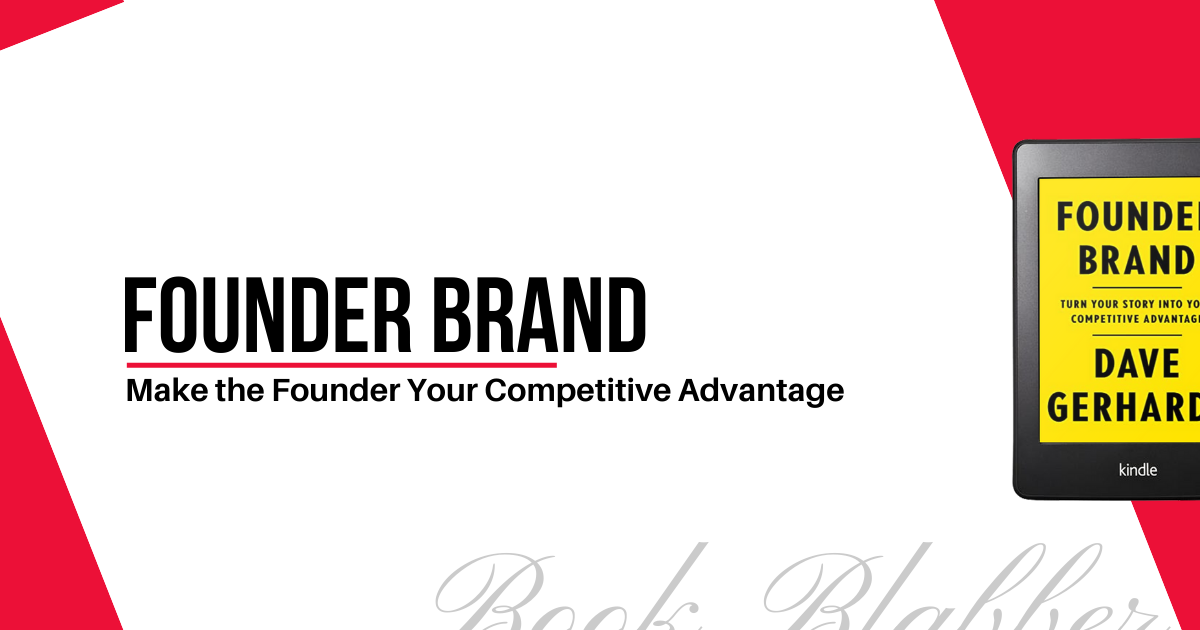Achieve Real Financial Freedom: Find Your Freedom Book Summary

The journey towards achieving real financial freedom can seem elusive to many. Still, the truth is that it’s not as tough. In the book Find Your Freedom, Jamie P. Hopkins, a personal finance and retirement planner, has laid out actionable strategies to walk you out of the complexities of personal finance.
Find Your Freedom is one of the best books to read for financial freedom. It’s your financial guide to money freedom. It not only provides theories but also motivates you to take a step toward finding your freedom.
Check Find Your Freedom on Goodreads
In this article, I’m sharing my Find Your Freedom book summary. You’ll learn how to find your financial freedom and unlock a life of independence and security.
Let’s find out how to plan a way to a peaceful lifestyle.
Digging into Personal Motivations
Financial planning is deeply personal. It’s rooted in your upbringing, in loss and tragedy. Ideally, the time to plan for the challenges ahead is when things are going well, not once the storm clouds have rolled in.

When financial decisions – and your financial plan – are not tied to a bigger purpose, your ability to accomplish your goals is drastically diminished.
Financial planning is about moving along your path in life and finding the freedom you want. It’s about finding the things you want to accomplish, being able to define those things, prioritise and execute them.

Feelings and emotions are also important. A lot of planning is not about you. It’s about your loved ones – your family, kids and spouse.
Understanding Your Money Story
Understanding your money story and the emotions you associate with it is a critical step to real financial freedom. Money isn’t valuable in and of itself; it’s valuable for what it enables you to do and not do, or feel.
Your attitudes and beliefs about money are shaped by experiences in your own family and the community around you. When you don’t know where you’ve come from, you won’t know where you’re going.

So, explore your money memories. Then, dive into your family money memories. You won’t find that information in financial freedom books.
Blueprinting Your Financial Plan
Everyone believes money gives freedom. And almost everyone knows that financial planning is a good thing. However, most don’t engage a planner or go through the process.
The avoidance of planning comes from a unique combination of up to six sources:
- Trauma
- Not seeing the impact
- Lack of balance
- Lack of planning literacy
- Lack of trust
- Not feeling worthy of planning
Exposing your limiting beliefs – along with your money memories and behaviour – is incredibly freeing. It’s a cleansing of sorts.
The process of defining your vision and your goals and aspirations is called blueprinting. It helps you paint a clear picture of what you want your financial freedom life to look like. Then, you can set the goals to get there.
Planning Based on Goals
Goal-based planning is about setting goals that align with your big picture. Goals are the mile-markers on the road to true financial freedom.
It’s necessary to answer the larger question: what is your conception of a “life well lived?” Start with your end goals in mind, and work backward to achieve them.

So, the steps for financial freedom essentially start with introspection. Know who you are first, and let what you do and your accomplishments come second.
The individual impact you want on the world should structure how you approach your goal setting. How wealth can help you achieve those goals.
Identifying a Proven Process and Trusted Partner
A process provides a blueprint for success. But the process alone won’t guarantee success. You need to set goals, plan and execute the plan. It’s a collaborative, iterative process. It helps you realise your life goals and aspirations through a series of sequential actions.
If you hire a financial planning professional, there needs to be trust that they will do what’s in your best interest. Without trust and transparency, there can be no advisor relationship.
Also Read: 24 Motivational Personal Finance Quotes from Find Your Freedom Book
Here’s the best process to create a comprehensive financial plan:
- Understand your circumstances.
- Identify and select goals.
- Analyse your current course of action.
- Find potential alternative courses.
- Develop planning recommendation(s).
- Implement a financial plan.
- Monitor progress and update your plan.
Getting More Out of Your Planning Process
Financial planning has different levels. And to progress through these levels, you must satisfy the levels below.
The first level is “simplify and organise.” Here, you work on your basic needs. You need to be able to meet basic expenditures like food, housing, health care, clothing and transportation.

As things start to get more complex, your planning needs and tactics will start to change. At this level, you look at the investments you have and align them with your goals. This is where financial literacy becomes important.
The last real phase is about self-actualisation. This is where you think about legacy and what you want to pass on. Additionally, it’s a time for reflection and reviewing accomplishments.
The more you review, record and discuss your goals, the more the likelihood of success.
Paying Attention to the Continuum
You can think of planning as a continuum that requires different planning for different phases of life. You invest money you make now to spend more in the future.
Set yourself up for future financial success by living each decade to the fullest.

When you’re just starting a career in your 20s, take time to invest in yourself. Start by saving. It’s the best time to take risks. You should also aim to establish an emergency fund.
During your 30s, it’s important to manage your debt obligations. Also, ensure you have the right life insurance, health care coverage, car insurance, property and casualty insurance and disability insurance.
When in your 40s, make sure your investments are properly aligned with your future goals. Invest heavily in growth assets. Also, set aside time for your wellness.
Next, in your 50s, retirement income planning should start, along with planning for long-term care and family needs. And your 60s are the time to turn your savings into retirement income. Make sure you know what your financially free life will be like after you stop working.
Once in your 70s, enjoy your retirement. Monitor how your plan is doing and make adjustments. You’ll also have more time and energy to focus on leaving behind a legacy.
Assets might not be substantial, but the ability to save and invest is.

Bucketing Your Financial Planning
Bucketing is an approach to thinking about your wealth in “buckets.” We generally fund three buckets: one for today, one for tomorrow, and one for the future.
The “now” bucket is for the short term – today or this year. It’s designed to meet the expenses you know you’ll need. This bucket can account for anywhere from one to five years.
Bucket two is a little longer of a time horizon. So, it allows for taking a bit more risk with your investment and income approach. The goal is to generate income and return over the stated time horizon. The plan is important, but so is the willingness to be flexible.

Bucket three is tied to aspirations and long-term goals. It’s typically for more than ten years. This bucket is the one that’s generally used for your last phase of retirement.
Investing in Yourself
When planning for finances, be an integral part of your wealth creation by investing in yourself. The most important investment you can make is in yourself. Invest in yourself because you are key to your future financial wealth.

Investing in yourself has two components. First, it has the growth component. Second, just like with financial investing, you need to have an aspect of safety or preservation.
One way you can invest in yourself is through education. The better education you have, the more likely you are to remain employed and live a real financial freedom lifestyle.
Outside of education, you can invest in experiences. You can do self-learning, read and diversify your skill set. All help you build your income.
Also Read: 97 Rich Dad Poor Dad Quotes to Make You Love Money
Being SMART About Your Income
There are countless ways to get income. But it’s not just how much you get paid; it’s how you get that income. You have to get SMART about your income.

SMART income amounts to five things:
- Sustainable: Sustainable income is a more valuable resource than a volatile income. You can generate sustainable income by buying into a business and putting money into investable products, insurance products and real estate.
- Maximising: Maximising income isn’t just about how much you get paid; it’s also about when and how you get paid. You can maximise income with tax-deferred strategies.
- Automating: Ensure that you’re negotiating the highest rates when you take a new job, and that you’re constantly renegotiating it. In case of sustainable incomes, explore how you can automate the processes to be more efficient.
- Reinvesting: You can do this across different income-producing assets. Generate income from an asset and then reinvest it to grow it.
- Tax-efficiency: Understanding tax-efficient distribution is incredibly important when you get to retirement because your income fluctuates each year.
Budgeting for Your Expenses
Budgeting starts by looking at your cash flow – what’s coming in and going out. Then, it makes assumptions about what you will spend in the future. It puts some limitations in place to ensure you don’t overspend in one area and underspend in another.

It helps you determine whether you have enough money to pay for bills, taxes and insurance and enough money to invest in your future.
Budgeting looks different across the different life stages.
In the foundational stage, budgeting is very much about getting through the week, the month, and the year. In the stability phase, it becomes more about planning for the future and saving for retirement. Later, it’s mostly about strategic investments and then about leaving a legacy.
Budgeting starts with goals. Your goals help you understand why you’re budgeting. And they help you create a framework that serves the purpose.
Caring for Your Greatest Asset
To enjoy financial freedom, nurture your health as an asset – your greatest asset. It includes not only an active life but also making sure that you get the medical advice and care you need.
While you fix your finances, you need to invest in your health as you’d invest in growing your wealth. Only when you determine what can improve your life you can start planning.

Talk to your family about what you want and how you want them involved in your health care. You also need to talk to your doctors about getting a plan in place. Having a health insurance is important at any stage of life you’re in.
As you get closer to retirement, you might need other health care, like long-term care or assisted living. Account for all of them in your financial planning, keeping inflation in mind.
Understanding the Life Cycle of Housing
Research has shown that across income levels, those who buy rather than rent accumulate more wealth over time. Your home will likely increase in value, and as you pay down the mortgage, you’re essentially freeing up home equity.

You can get a fixed-rate mortgage, but renting costs will likely go up each year. Due to inflation, home ownership actually becomes cheaper each year, paving the way to financial freedom.
Then, you do have to consider how your housing needs might change over the course of your retirement. It shifts to more of what works for your lifestyle. You also need to consider the role of the house later in life.
Tax decisions come into play around all those, making it a complex web of decisions.
It’s still important to understand how much house you can afford. Too many people don’t think about repairs, property taxes, heating, cooling and improving functionality of house over time.

Managing Debt as a Tool
Debt typically isn’t harmful in the beginning. It becomes harmful when it snowballs; and interest starts compounding against us. Borrowing too much once can quickly ruin your financial future.
It doesn’t have to be a negative four-letter word. It can be a powerful planning tool to help you open possibilities in life. The key is what the debt does for you – and it should always be more than what you do for the debt.
Debt and borrowing to grow or acquire something of value, can be beneficial. If you understand the cost of the debt, and how you’re going to repay it, you can approach it in a positive way.

To keep debt under control, you should look towards reducing expenses. And if you can’t, think about how to get new lines of income.
You might need outside sources of help. One of them is talking to your creditors to see if they offer different repayment options, lower interest rates, or if you can negotiate down a lower amount you might owe.
Looking at the Art of Squirrels
Squirrels develop positive savings habits when storing their food for the winter. They become better savers by watching and learning from other squirrels.
They have learned to diversify their savings across a multitude of different places to reduce the risk of loss over time. Squirrels even adapt the way they hide their food when somebody’s watching versus when they don’t think somebody is watching.
Similarly, you can get financial freedom only if you can develop the habits that lead you there.
Also Check: The Psychology of Money Book Summary
Here are a few tips:
- Pay yourself first
- Come up with a plan for spare change
- Automate as much as possible
- Pay bills on time
- Come up with a plan for unexpected money
- Clear delineation of needs, wants, and wishes
- Automate reinvesting
- Make saving a family affair
- Adapt to change over time
- Avoid lifestyle creep
- Move up your savings rate
Having Your Cake and Eating It Too
To have your cake and be able to eat it, you should invest with a purpose. You must align your goals, values and aspirations to your investing throughout your life.

Then, there are biases and behavioural triggers to overcome. A few among those are:
- The bandwagon or herd mentality bias
- Misunderstanding diversification
- Stay rich mentality
- Buyer’s remorse
One thing to keep in mind is that investing changes across stages.
At your foundation stage, you’re mostly getting the hang of the fundamentals and taking a lot of risks. You develop a strong, sustainable and strategic plan only during your stability phase.
It’s a journey in itself. The ability to meet your goals isn’t in cash. The more confident your planning is, the more likely you’ll be on the path to real financial freedom.

Also, volatility is inevitable, but don’t miss the rebound out of fear. Diversification can actually help you improve your returns and lower volatility.
Using Insurance as an Economic Tool
If you have a financial plan without insurance or a financial plan with only insurance, you don’t have a financial plan at all.
Now, looking at different types of insurance can feel overwhelming. And when you dive into each subcategory, it can get even more complex.
So, before you go out and buy insurance, you need to ensure you understand your needs, wants and wishes. Life insurance can typically cover a lot of costs, including estate costs and business purchases. And health insurance covers unexpected costs of big medical bills.
Also, regularly review whether you’ve your insurance – car insurance, house insurance, E&O or umbrella policy – added to your financial plan or whether they’re one-off decisions.

Making Informed Decisions About Retirement
A successful retirement is being mentally free to do what you want. To spend time the way you want instead of spending it working to get by.
There is perhaps no better way to demonstrate real financial freedom than by saying, “I work because I want to. I love it, and I don’t even need the money anymore.” The only way you can do that is if you first define it so that you can plan for it.
That’s why: bucketing. It allows you to envision where your money is and how it aligns with your spending needs in retirement. It gives you the power to look at investments over a period.
Different ways to save for retirement:
- Personal savings
- Investment diversification
- Tax-deferred investment growth
- Tax-free investment accounts.
- Taking advantage of compounding growth
- Time in the markets
- Employer-based savings
And if you’re the employer, setting up retirement plans for staff can create tax benefits for your business. It also helps you be more competitive in the marketplace.
Getting Surgical with Tax Planning
Even though nothing can be said to be certain except death and taxes, a lot about financial freedom is related to planning and filing your taxes systematically.

A good way to get started is by reviewing what has happened already. It creates consistency in your process. Document all expenses and possible tax cuttings, and work with professionals for advice.
Leveraging the Power of Community
One of the best things about a community is that others can show us how to do things that we never would have been able to do without them.
But you must find communities that challenge you to grow. Communities that are positive and raise you. Those who allow you to be better and achieve your goals.

Community varies across different stages.
As you start to accumulate wealth and become a little bit stable, you must surround yourself with individuals who are growing and learning about finances. But as you become strategic, you should talk to people who have been strategic about investing and taxes.
Making an Impact Through Charity
Charity isn’t for everyone. If you believe it’s for you, build charitable giving into your financial plan and legacy.
Tie charity giving to your values. Once you start giving in a meaningful way, the giving grows. And when you get strategic, you can improve the efficiency of your giving through tax-efficient strategies. You can save money in taxes and increase the amount you give over time.

Decide who you want to give to and how you want to give to them. Cash giving, non-cash gifts, appreciated asset giving and estate transfers are some of the several ways to charity.
Try some charities you might like to see if you can build an emotional connection. Ask them how many of your dollars are going to the charitable initiatives. Then, plan and become more efficient with your giving.
Scheduling More Time for Fun
Finances are a means to an end; they’re not the end goal. This is not a high-score game where you want to accumulate as much wealth as humanly possible and die with the highest possible dollar amount in your bank account.
You shouldn’t let saving and investing for the future control your lives to the point that you lose sight of having fun.

Celebrating Your Accomplishments
Often, people don’t look behind. But it’s necessary. You need to stop and reflect on your accomplishments. It’s a form of self-care. When you acknowledge what you’ve accomplished, you’re essentially giving yourselves a compliment.
If you struggle to focus on your accomplishments because you don’t want to get stuck in the past, consider journaling. Focus on your financial decisions and improvements, too.
Celebrate, for real
Looking at the Estate and Emotional Sides of Legacy
We think about living well, but rare are those who think about dying well. Planning for a good end of life is about the impact and legacy you leave behind.

The legacy can be two different things. It can be the emotional and value-based aspects or the financial plan.
Here’s how to take care of the estate side of legacy:
- Prioritise and understand your goals
- Involve the family
- Make a financial assessment
- Review housing and health care alternatives
- Review your current plan
- Establish advanced directives
- Implement the plan
- Communicate the plan to trusted people
- Hand over the documents
- Review and update the plan
Now, about taking care of the emotional side of true legacy:
- Define the values you want to pass on
- Draw your values as a coat of arms
- Narrow down your impact
Hiring a Financial Advisor
As you work toward your goals on the path to financial freedom, you will need an advisor. You might need different professionals early in your journey than when you’ve accumulated wealth.
So, you must use a disciplined process to find someone with whom you can work for years. Here’s one:
- Carry out due diligence
- Look for the trust factor
- Avoid conflicts of interest
- Know their planning strategies
- Decide payment terms
- Find planners who work as a team
- Get everything in writing
Not all advice is good advice. You have to figure out what advice, relationship and interaction works for you. Understand the services you’re getting from a planner so you can hire others to complement those.

If you know what you want and ask the right questions, you’ll find people to be your trusted guide. To walk alongside you.
Real Financial Freedom: Wrapping It Up
Life is meant to be fun, joyous and fulfilling. Use today to take the next step toward your journey to freedom from finances. The best way for financial freedom is to plan ahead.
Jamie Hopkins Find Your Freedom is the best financial freedom book that I have read so far. It tackles the problem of finance and explains the different concepts you need for hassle-free retirement planning.
You might not reach the full level of real financial freedom today, but you can start finding ways to live it. I hope this summary of Find Your Freedom book helps you execute the steps to unlock your financial freedom.
Liked this article?
Join Book Blabbers WhatsApp group to bond over books, memes and quotes.
Subscribe to Book Blabber's Bulletin to get book summaries, reading tips and occasional hugs in your inbox.





Comments